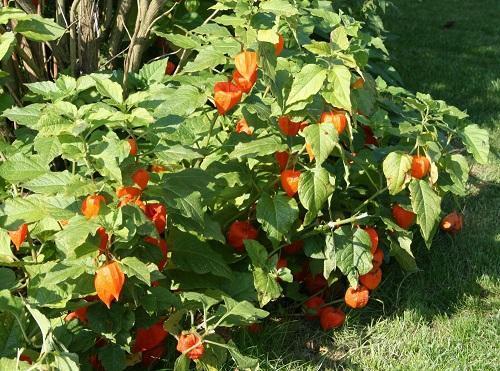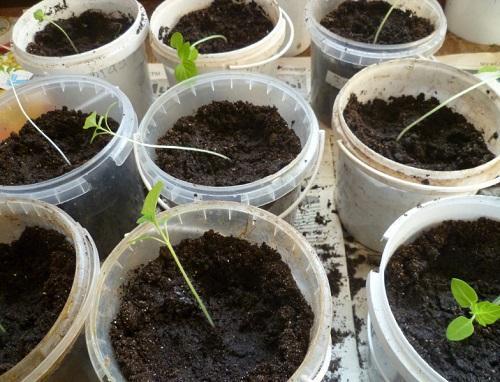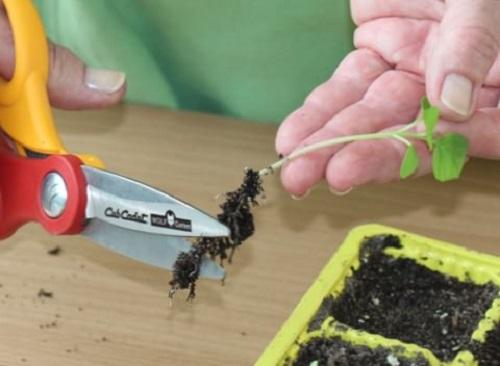What to do if physalis seedlings are stretched out?
Physalis belongs to the nightshade family and is a compact annual bush covered with round fruits in lantern cups. It propagates by self-sowing, however, for a good harvest, it is better to grow the plant through seedlings. Physalis obtained by seedlings bears fruit earlier, and the berries have time to ripen before frost.

To grow strong, healthy seedlings, you should follow the recommendations regarding the correct sowing of seeds and further care of the seedlings.
Sowing physalis seeds for seedlings
Seeds are sown for seedlings in the month of March. Since physalis is a relative of tomatoes, the substrate that is used to obtain tomato seedlings is suitable for growing.
Before planting, the seed should be soaked in salt water to discard empty seeds (they will float). Then process in a strong solution of potassium permanganate for 30 minutes. Instead of potassium permanganate, you can use the drugs Maxim or Fitosporin. After processing, dry the seeds - so they will not stick together.
Physalis is sown in a common pot, sprinkled with a layer of earth on top. The soil should be lightly compacted so that small seeds do not float when watering. Cover the pot with plastic wrap and put it in a warm, bright room with a temperature of at least 15 degrees Celsius. With the appearance of the first shoots (in a week), remove the film.
As soon as the seedlings have 3 true leaves, they are dived into separate cups.
What to do if physalis seedlings are stretched out?

To prevent the seedlings from stretching, you need to maintain a temperature regime around 20 degrees. To prevent the pulling out of seedlings, their treatment with growth regulators such as Zircon or Athlete and additional lighting with a special lamp will help.
At elevated indoor temperatures, seedlings will grow thin. The same result will be obtained if there is a lack of light or too early sowing.
If the seedlings are still stretched, there are the following ways to remedy the situation:
- Pruning leaves. The procedure is carried out only at the initial stage of seedling development. Cut off half of the cotyledonous leaf with sharp scissors.
- Root pruning. Gently pull out the grown seedling from the pot and shorten the long roots, and then plant it back.

- Transplant with a deepening of the stem. From an overgrown bush, cut off all the leaves and stepsons, leaving only a few at the very top. Deepen the long stem into the soil, folding it into a ring. The top of the seedling will remain on top, and the deepened stem will form new roots.

- Grassing seedlings. If there are not very many seedlings, each tall seedling can be divided into parts and placed in water for rooting. After the roots are formed on the stepsons, they are planted in pots. This way you can increase the number of seedlings.
